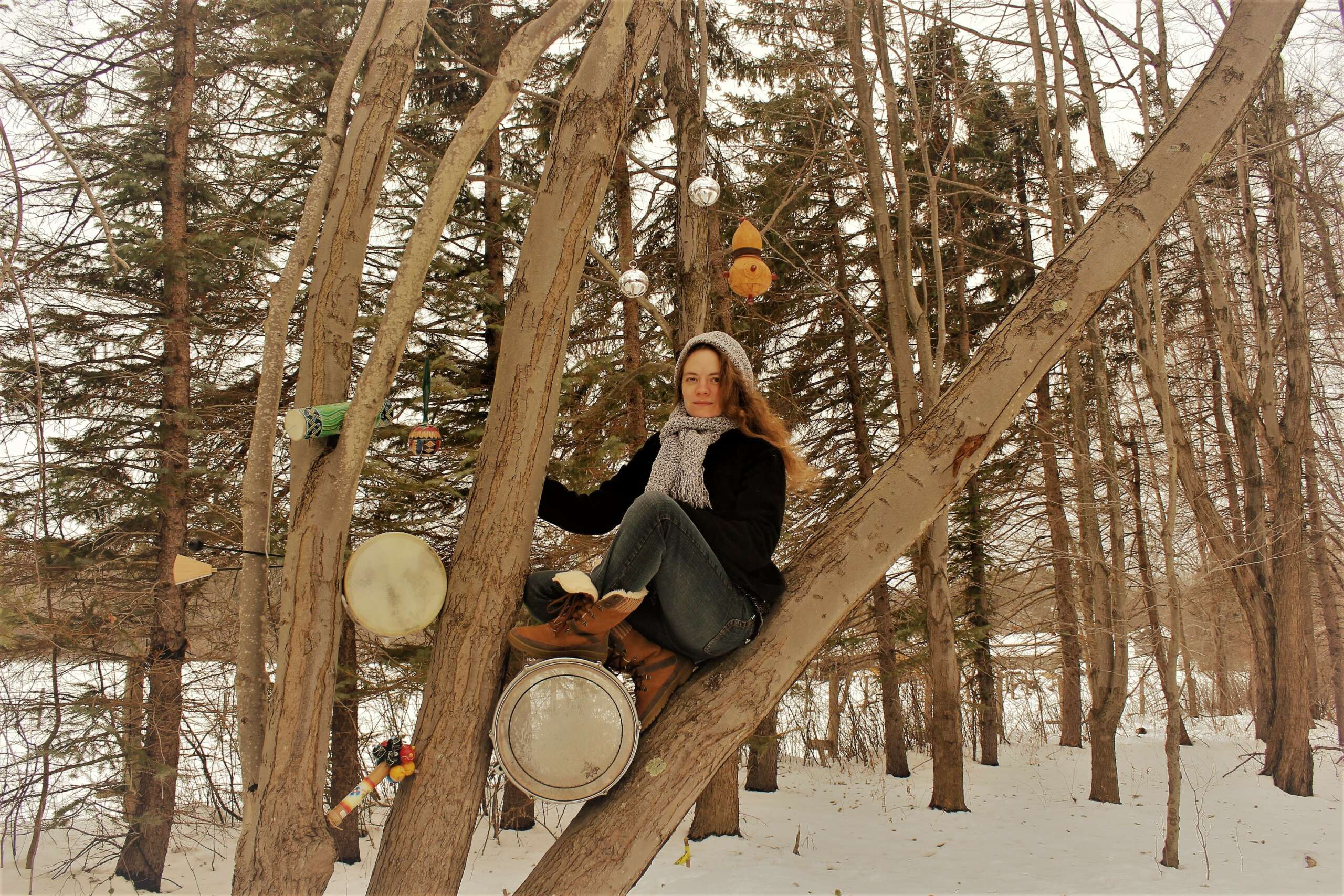We’re excited to introduce you to the always interesting and insightful Katalin La Favre. We hope you’ll enjoy our conversation with Katalin below.
Alright, Katalin thanks for taking the time to share your stories and insights with us today. What’s been the most meaningful project you’ve worked on?
It is hard to pick one sole project to talk about, but a recent project that was especially moving and pivotal for me was, ‘Bach’s Music Box.’ In this project, I collaborated with a dear friend of mine, Brian Calhoon, whom I hadn’t played with in 16 years. We met at the San Francisco Conservatory of Music during our undergrad and really just clicked musically and personally. But then our studies and lives took us to different places and we were never in the same place, often never on the same continent. When I moved back to the U.S, I knew I wanted to collaborate with him again.
When I moved back to the U.S., it was a profound turning point in my life. I was reconnecting with my roots, but with a new perspective from all my travels and studies. I wanted to find a way to combine the two. Bach’s Music Box is a project where Brian and I arranged the iconic work for keyboard, The Goldberg Variations by J.S. Bach, on percussion instruments. Brian and I both studied Bach extensively when we were students, but since our studies we both have gone off to do more unconventional things. With this project, we wanted to combine tradition with more contemporary ideas. So we arranged The Goldberg Variations for very unusual instrument combinations, including instruments like the vibraphone, wine bottles, the hammered dulcimer, bells, etc. This was such an incredibly satisfying project in so many ways; rediscovering my love of Bach’s music, but with a different musical toolbox than before, and to do this project with a dear friend that I hadn’t played with in so long really just made this such a special experience.

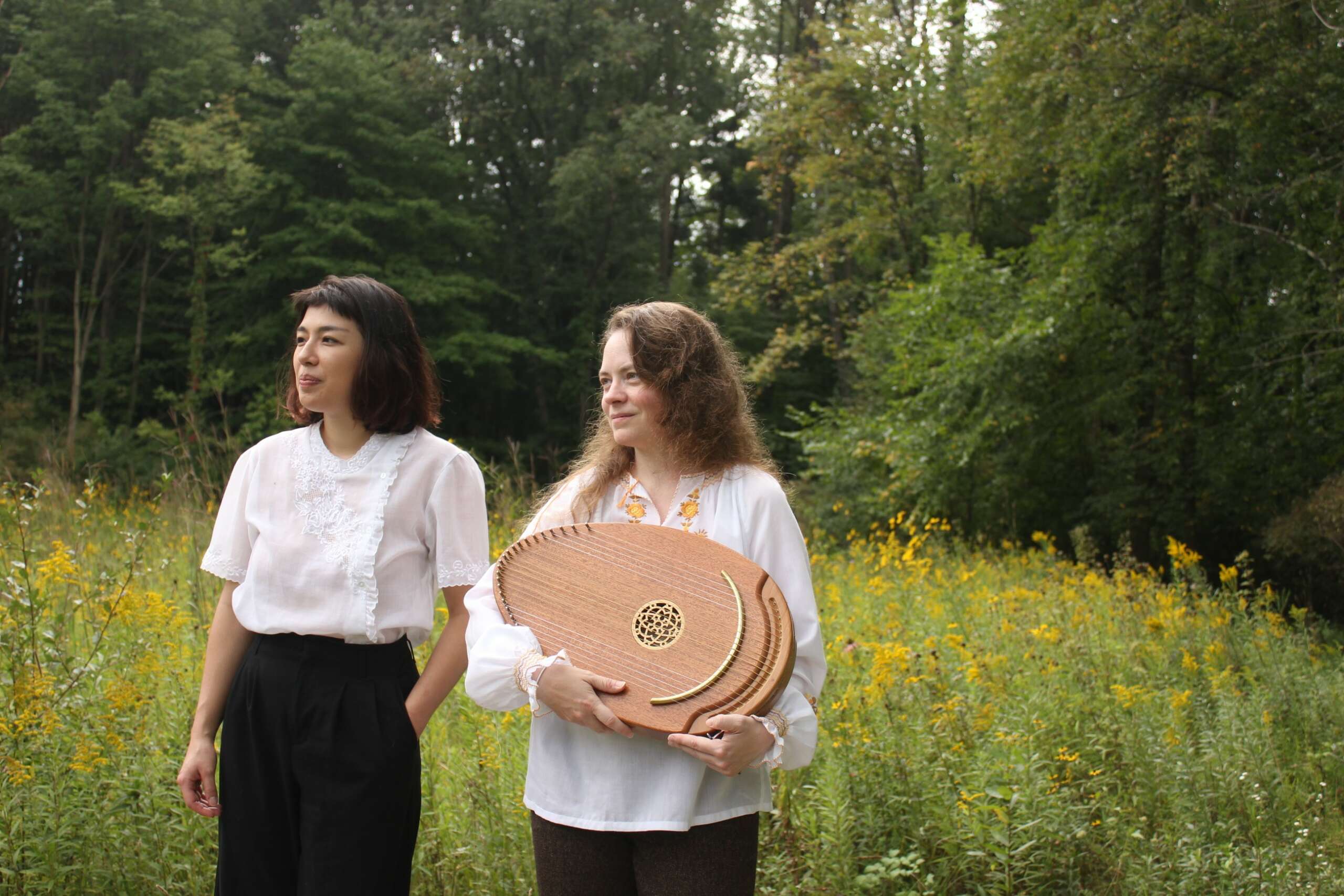
Great, appreciate you sharing that with us. Before we ask you to share more of your insights, can you take a moment to introduce yourself and how you got to where you are today to our readers.
I am a classically trained percussionist on a non-traditional path.
My musical journey began when I was ten years old and began playing the harp. From that very first lesson, I completely fell in love with sound. Though I still secretly believe that the harp has the most beautiful sound of all, I was drawn to percussion for its wild uninhibited freedom – anything can be a musical instrument, anything you can hit is your instrument.
I received a bachelor’s degree in percussion from the Colburn School in 2012 with Jack Van Geem, former principal percussionist of the San Francisco Symphony and one of my favorite human beings. He taught me to keep an open mind and be fearless in pursuing what interested me. This led me to apply for a Fulbright Scholarship to study with the incredibly creative percussionist Jean Geoffroy in Lyon, France at the Conservatoire National Supérieur de Musique et de Danse de Lyon. I went to France not knowing one word of French and completely immersed myself in another culture and learned the language thanks to the help of wonderful supportive people. Over the next 9 years I delved into interdisciplinary projects with actors and dancers while getting a master degree, artist diploma, and degree in instrumental pedagogy along the way.
I have recently relocated to my childhood town in Northeastern Ohio in 2021. Since my return, I have plunged into many different musical projects. Though the projects are at times vastly different, they all have an exploratory nature to them, and a love for sound is certainly central-whether I’m composing, arranging, or creating instruments. A recent collaboration called Mud Window Mud Mirror, is with classically trained singer Naomi Columna. We have been writing original pieces, which is not typically something classical musicians do. These pieces are a unique brew of pop, folk, early and contemporary music often using folktales as inspiration. Mud Meditation is another project that I have been developing over the last two years; making my own ceramic instruments and composing works for them. Creating these instruments is extraordinarily interesting in literally creating a sound world from scratch. I also perform ‘sound naps,’ a project that began in France and has continued here. The audience lies down and gentle calming music transports them to the corners of their imagination. These pieces last anywhere from 40 minutes to an hour and can take place anywhere: parks, yoga studios, libraries. As an artist, I strongly believe that if I don’t risk pushing something too far artistically, I won’t know where that limit is, and each of the above examples have really pushed me out of my comfort zone allowing me to explore other ideas.
My return to my childhood home also allowed me the chance to reignite my love of nature. I spent a lot of my childhood outside exploring the surrounding forest and pond. This connection with nature has reawakened and I am currently developing some other programs which combine these two passions: nature and music.
I also passionately believe in education and love teaching. I currently teach a wide variety of age groups and levels, from preschool music classes to coaching advanced pre-professional percussionists. No matter who I am working with, I am trying to pass down my love of sound and encourage creativity in my students.

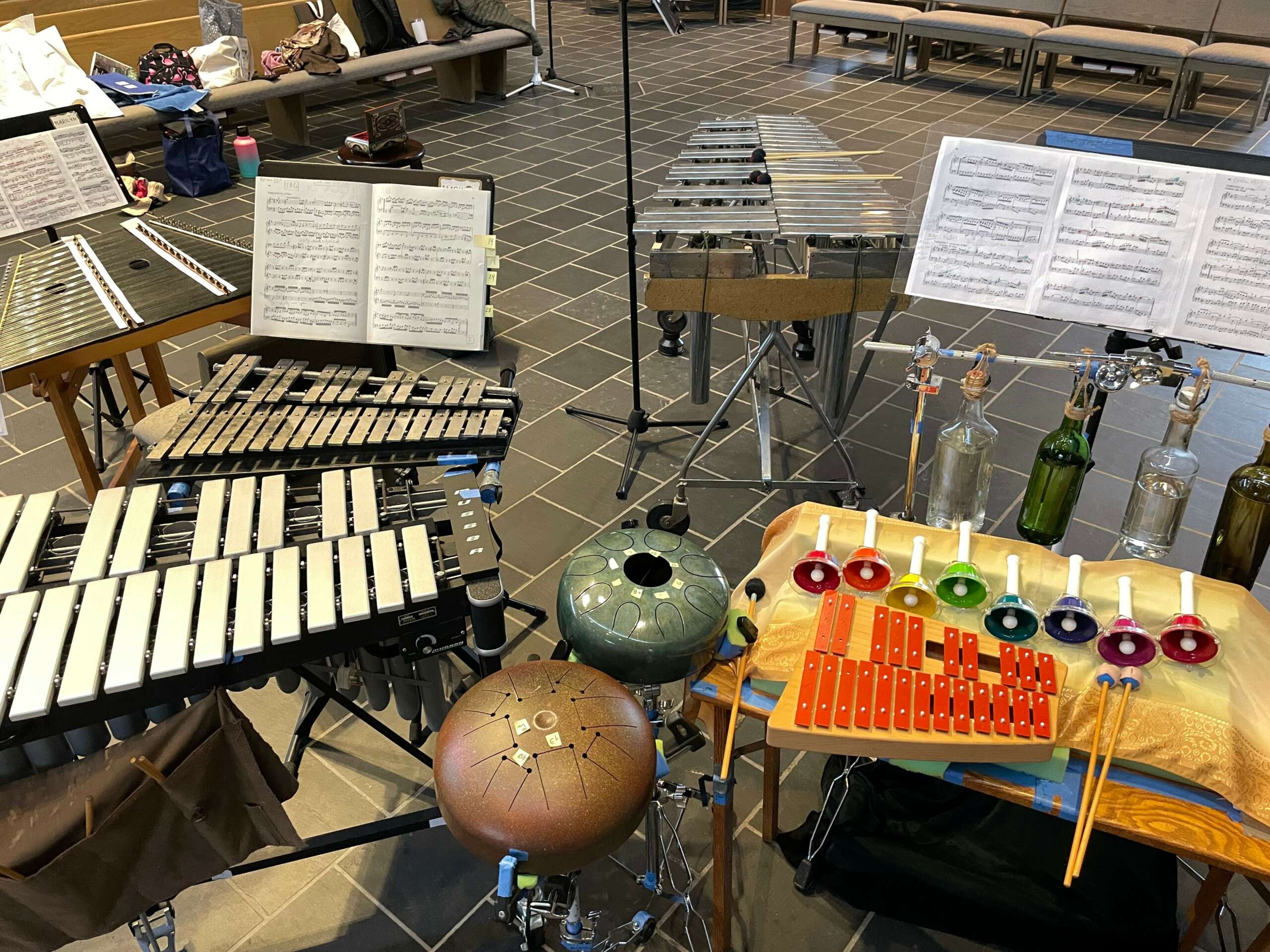
Learning and unlearning are both critical parts of growth – can you share a story of a time when you had to unlearn a lesson?
One lesson I had to unlearn was that efficiency and preparation are the most important aspects of artistic collaboration. In my personal experience as a classically trained musician, there is certainly a message conveyed that you come into every situation prepared. The pieces are decided on ahead of time to ensure utmost efficiency. When you go into rehearsal, you know your part so you don’t waste your collaborators’ time. I’m not saying there is anything necessarily wrong with this; I think there is something to be said for efficiency. However I think as performers we really miss out on the most exciting part of the creative process when we focus solely on perfection and preparation.
I had to unlearn this very quickly when I moved to France in 2012. One of the first assignments during my masters degree studies was to accompany the contemporary dance studio on their exam. When I asked what piece they wanted me to play, my teacher said, ‘I don’t know, they didn’t say, just go to the rehearsal.’ I was completely terrified. I had no idea what I was going to have to do, no ability to prepare. When I went to rehearsal, the dance teacher showed me the choreography the class had started working on and described the kind of music she thought would go well with it. It wasn’t yet finished, for she told me that she wanted me to propose some ideas in the next rehearsal and that we would finish the piece together.
Going back to the practice room completely terrified, thoughts like, ‘Well I’m just a performer, I’m not qualified to compose… I’m not a choreographer, what kind of perspective could I possibly have on the choreography….This is not what I’m trained to do, what do they expect me to do in such a short time?!’ swirled around my head. But when I let those thoughts go and entered into the creative process, I saw that I had many ideas bubbling over in my mind. I was a musician and was intimately connected to sound. I had a perspective and something to say creatively. Those ideas were just getting drowned out by my impostor syndrome.
For the next week I prepared some options and brought them into the next rehearsal. This project was a major turning point for me, because I saw how alive I became as we all worked on the musical and choreographic ideas together. I realized that this was for me, true collaboration, and the kind of collaboration I wanted to do. Though it took me several years to become comfortable with the unknown, learn to trust myself, and stop waiting for permission to do the creative things I wanted to do. I had to completely let go of my obsession for preparation and be able to walk into situations where sometimes I had no idea what was going to happen. The big lesson for me was; that I’m an artist first, and my specialty (percussion performance) is simply the path I took to become that artist. My quest for perfection in my specialty shouldn’t choke my artistic voice.
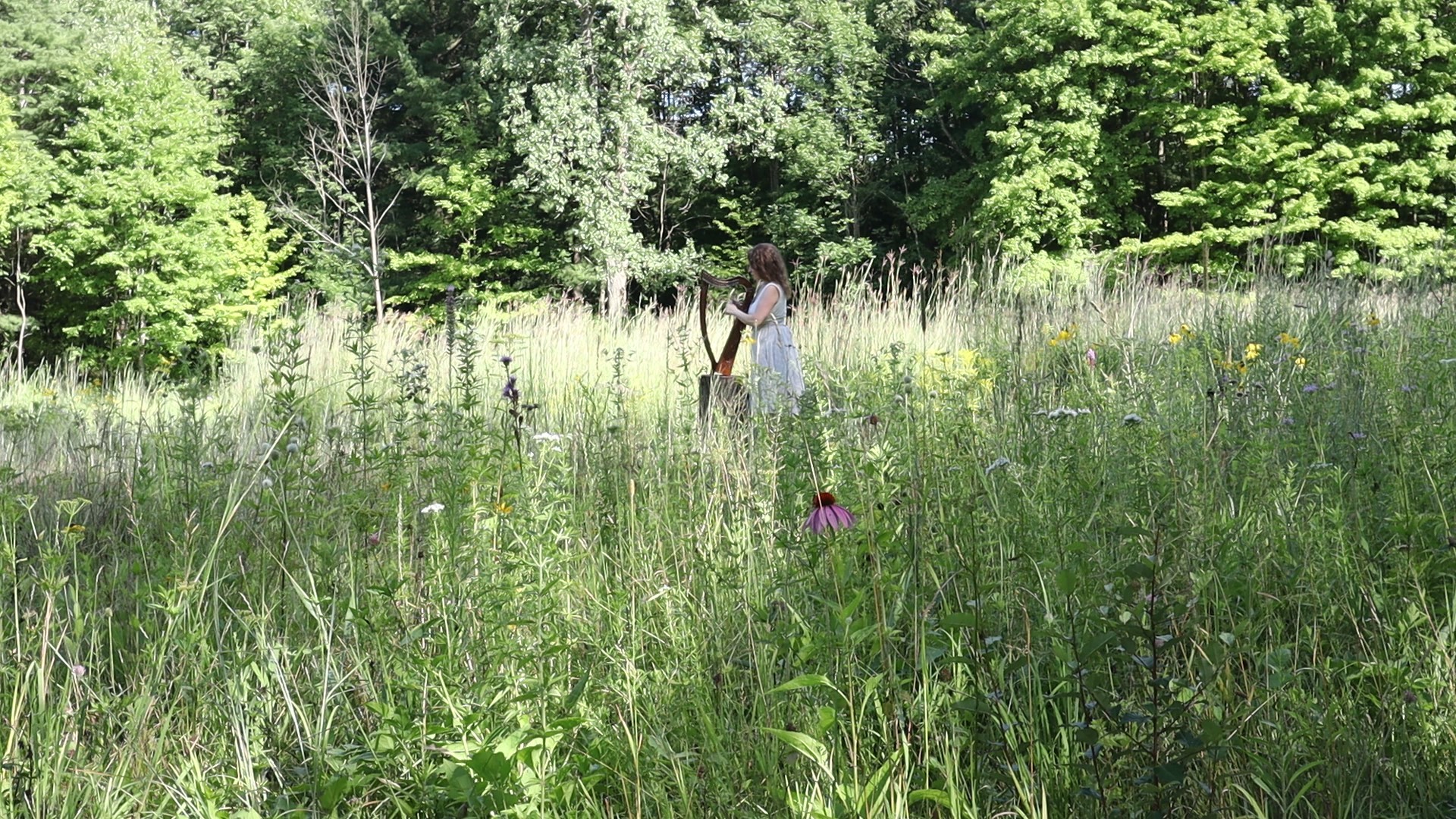

Is there a particular goal or mission driving your creative journey?
I’m not sure that there is a specific goal for me, but rather an unnameable insatiable creative thirst that drives me. I am happiest when I am creating. Personally when I become too focused on a specific goal, I’m not able to see other ideas or opportunities that may present themselves and my creative brain sort of halts. So I suppose if I had to define a goal, it is to follow what my creative senses are telling me, really hone my intuition and follow that intuition.

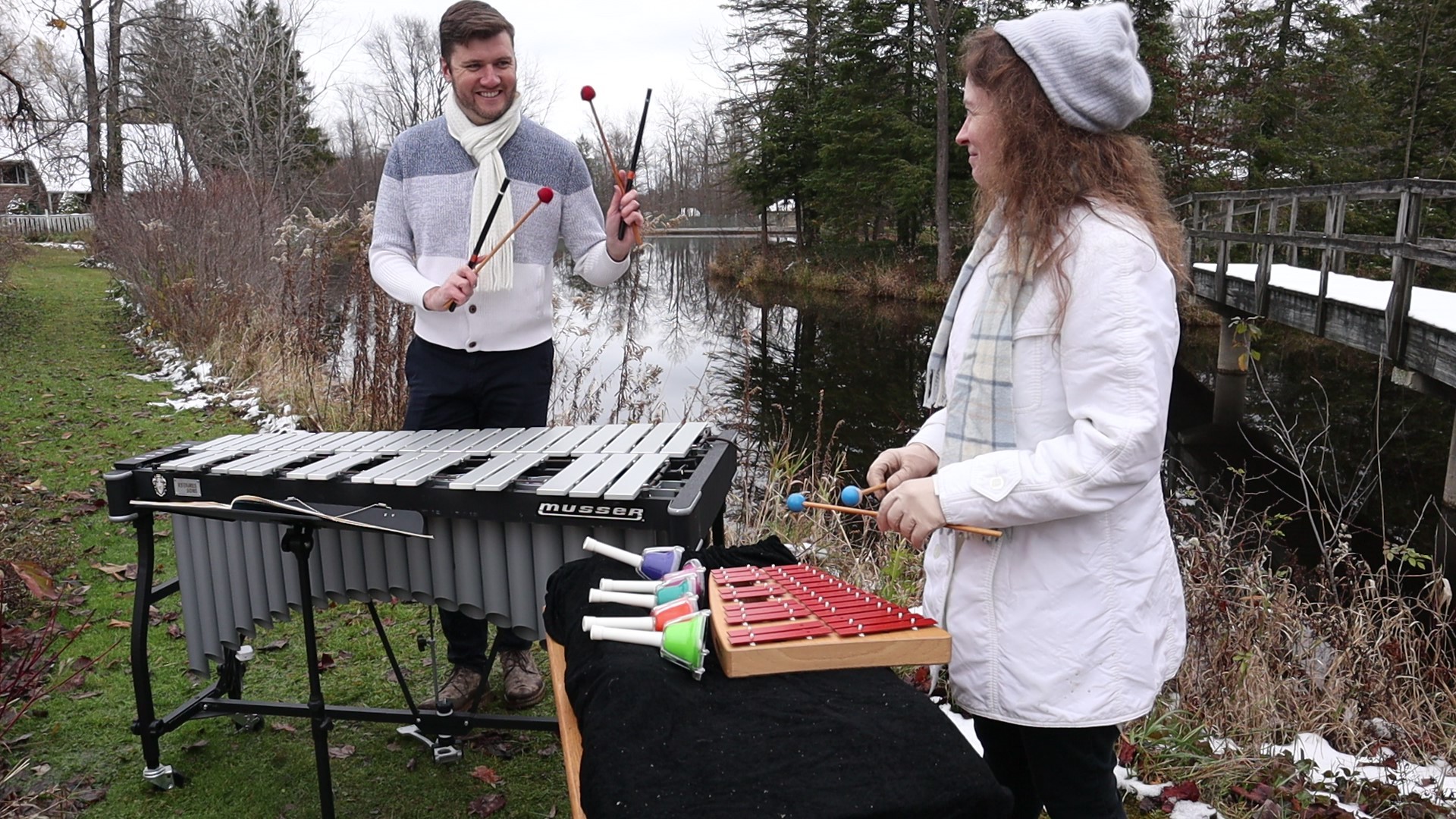
Contact Info:
- Website: www.katalinlafavre.com
- Facebook: https://www.facebook.com/katalinlafavre
- Youtube: www.youtube.com/@katylafavre3225
- Other: Soundcloud: https://soundcloud.com/katalinlafavre Vimeo: Katalin La Favre


